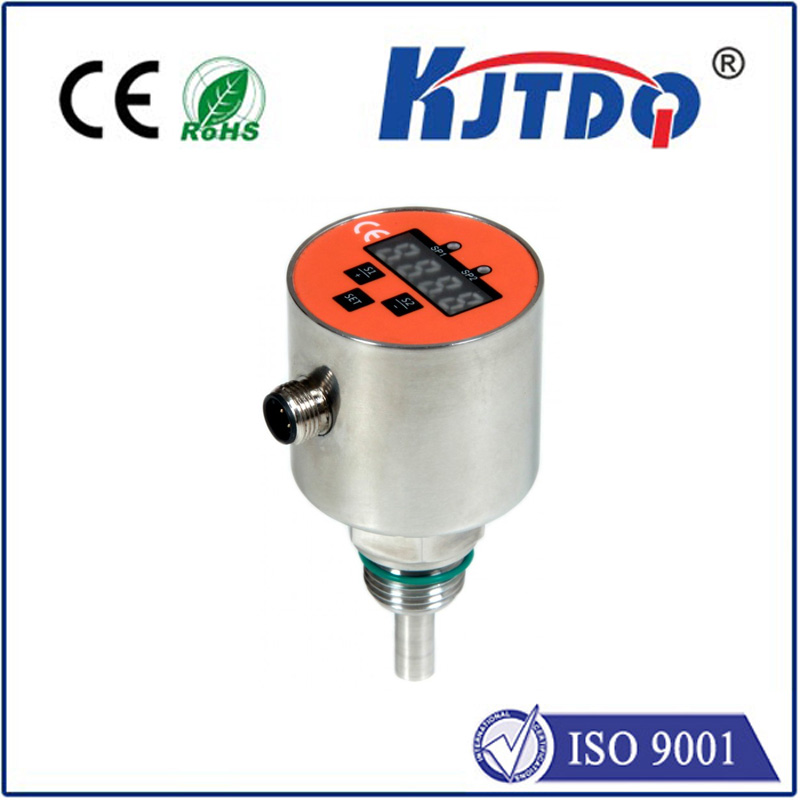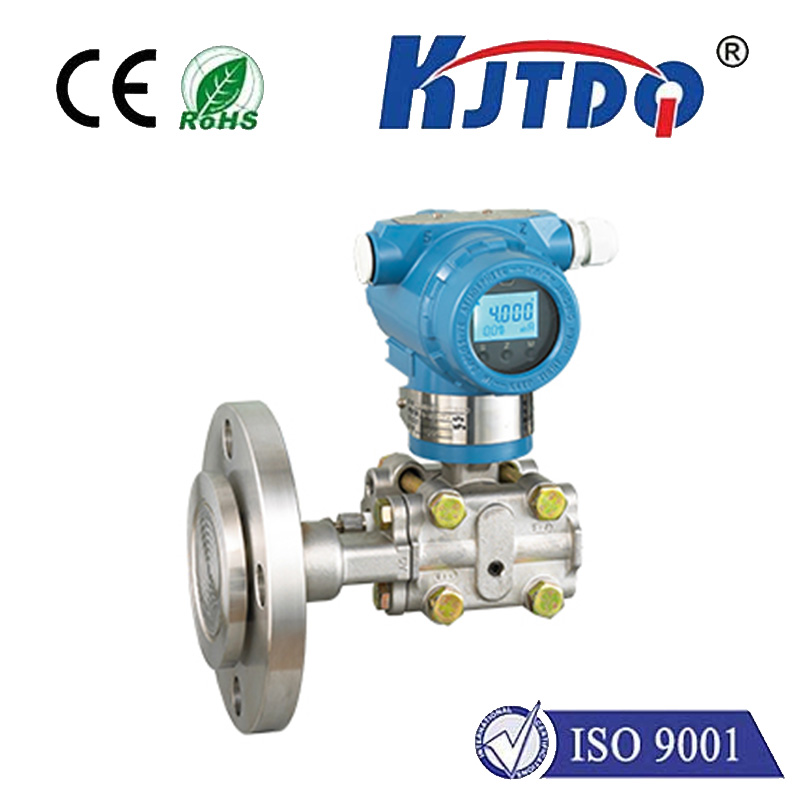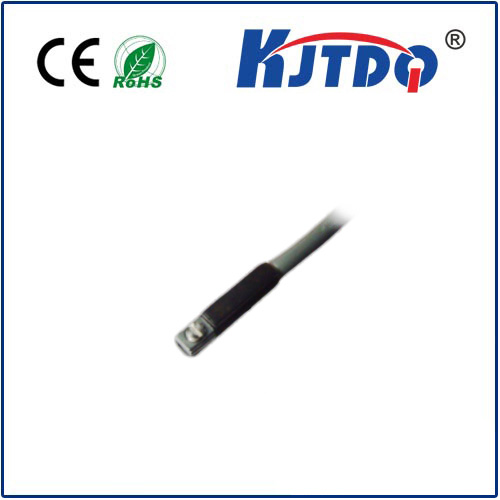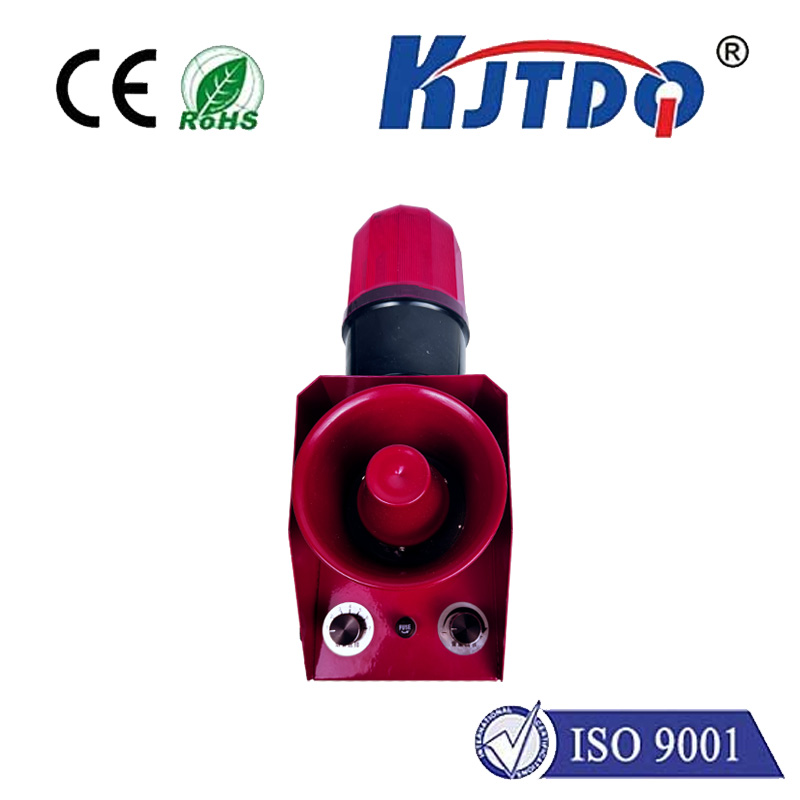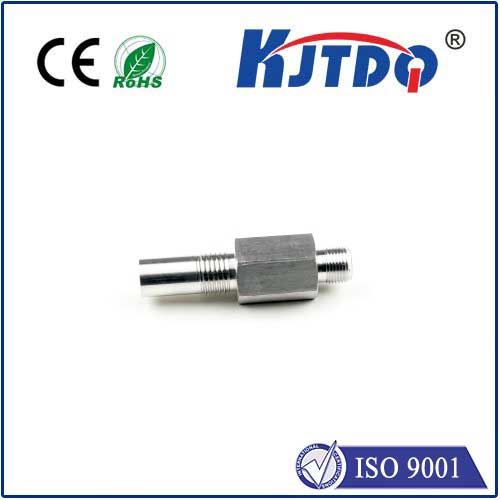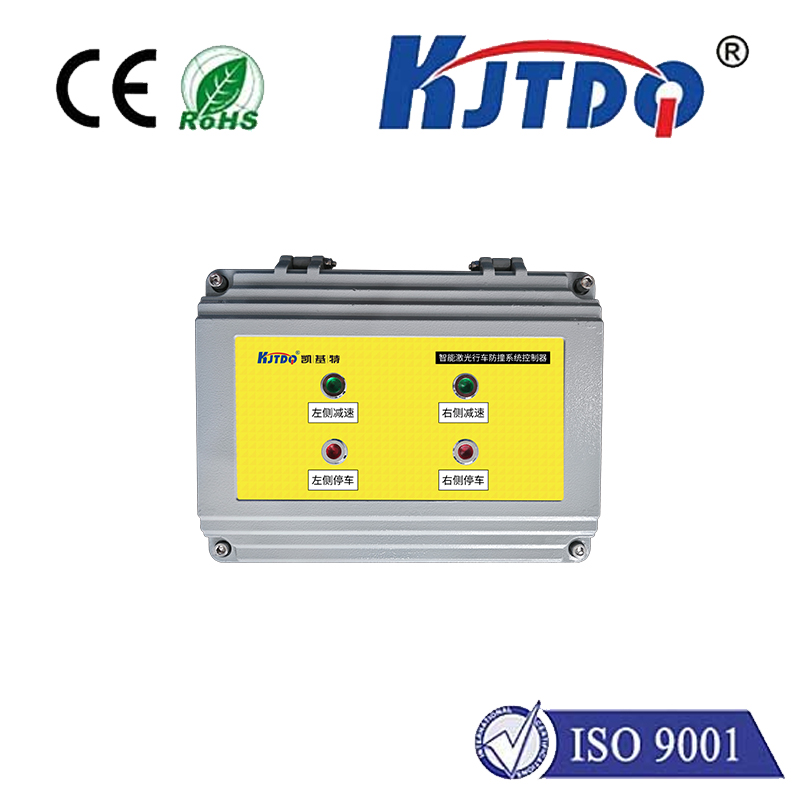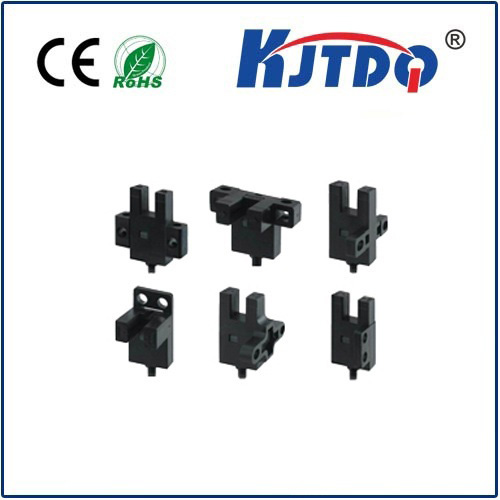
check

check

check

check
Introduction:
In the rapidly evolving world of automation, sensor technology plays a pivotal role in streamlining processes and improving accuracy. Of the numerous types of sensors available, flush type proximity sensors have emerged as a key player, offering unparalleled precision and versatility. This article aims to provide an in-depth exploration of flush type proximity sensors, their applications, and how they can be leveraged to drive innovation in various industries.
Chapter 1: The Basics of Flush Type Proximity Sensors
Definition and Working principles: In this section, we will delve into the fundamental aspects of flush type proximity sensors, including their structure, operation, and detection techniques. We will also explore the different types of sensors available, such as ultrasonic, magnetic, infrared, and laser-based sensors.
Advantages and Disadvantages: This chapter will highlight the key benefits of using flush type proximity sensors, including high accuracy, fast response times, and minimal space requirements. We will also discuss some of the potential challenges associated with these sensors, such as noise interference and limited range.
Chapter 2: Applications of Flush Type Proximity Sensors
Industrial Automation: We will examine how flush type proximity sensors are employed in industrial settings to automate processes such as material handling, machine monitoring, and predictive maintenance. We will also showcase real-world examples of successful implementations in various industries.
Healthcare: This section will focus on the healthcare sector, where flush type proximity sensors play a crucial role in patient monitoring, drug delivery systems, and surgical procedures. We will explore the specific challenges posed by healthcare environments and how these sensors address them.
Consumer Electronics: Finally, we will examine the role of flush type proximity sensors in consumer electronics, such as smart home devices, wearable technology, and automotive infotainment systems. We will discuss how these sensors enable seamless interaction between users and their devices.
Conclusion:
In conclusion, flush type proximity sensors represent a powerful tool for enhancing automation and driving innovation across various industries. By understanding their working principles, advantages, and applications, businesses and engineers can make informed decisions about implementing these advanced sensors in their projects. As technology continues to evolve, it is likely that flush type proximity sensors will play an increasingly critical role in shaping the future of automation.
